Today I read about the Celtic god Sucellus. He is described as the god of forests, agriculture and alcoholic beverages from the Roman province of Lusitania (which included approximately all of modern Portugal, south of the Douro river, and part of modern Spain). Historians claim that it is another name for the Celtic god Dis Pater, from whom, according to Julius Caesar, the Gauls descended. He was represented clothed in wolf furs and, actually, was originally a wolf.
So, if you recall a little bit about Roman history, you'll remeber that they also considered themselves wolf descendants (Romulus and Remus). That led the Averni (one of the most powerful Gallic tribes who lived in what is now the Auvergne region of France, during the last centuries BC) to declair themselves brothers of the Latins.
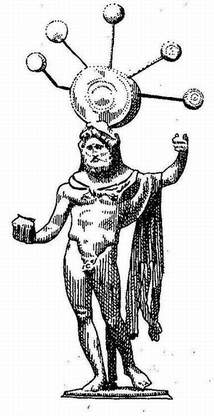

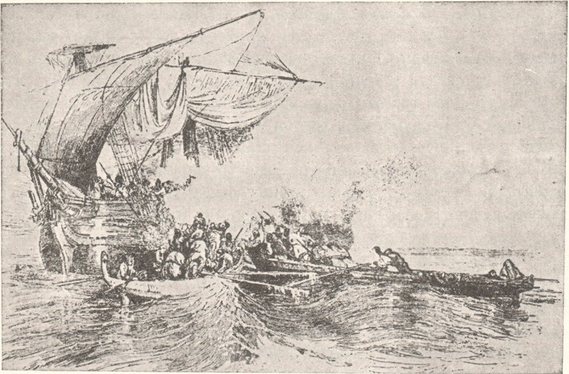
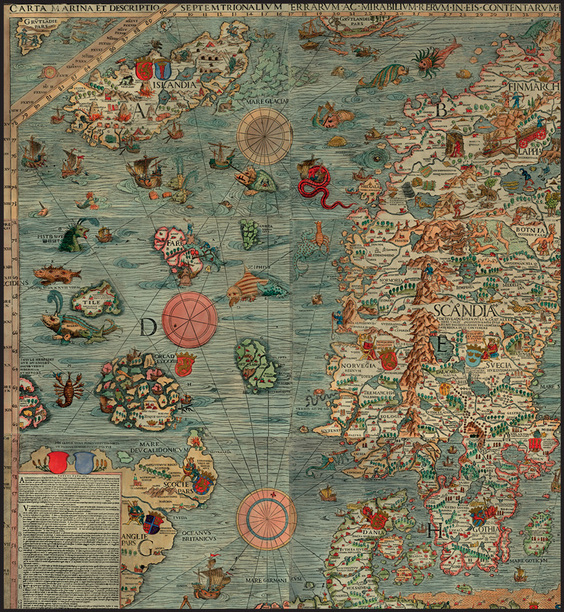
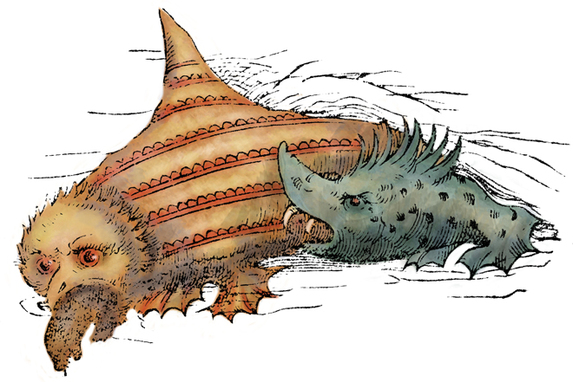
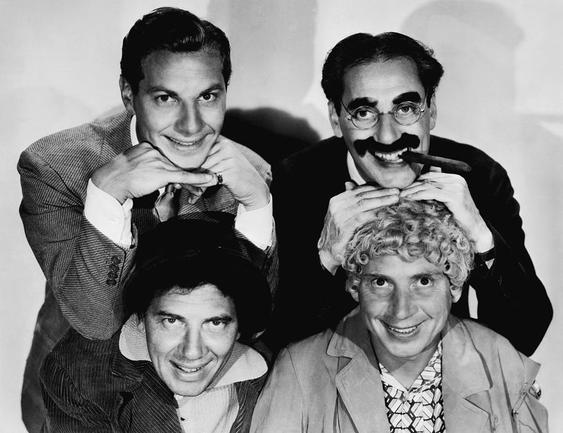
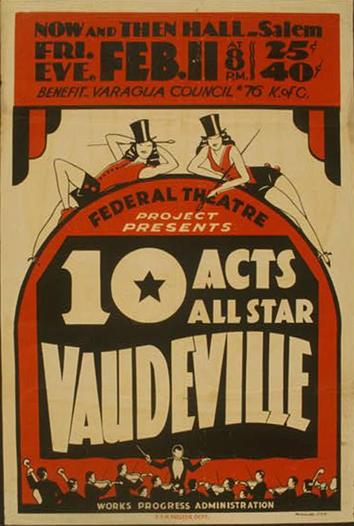
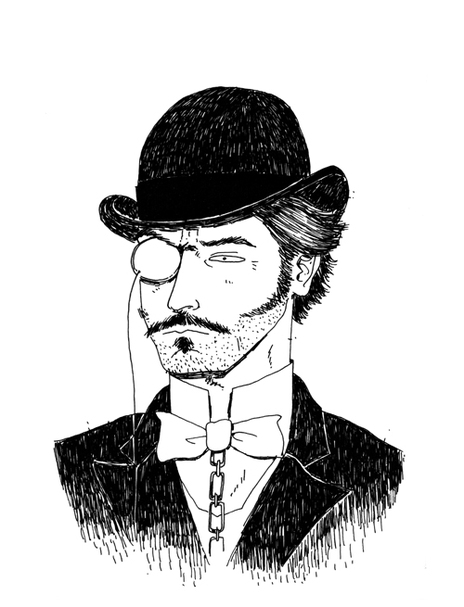

 RSS Feed
RSS Feed